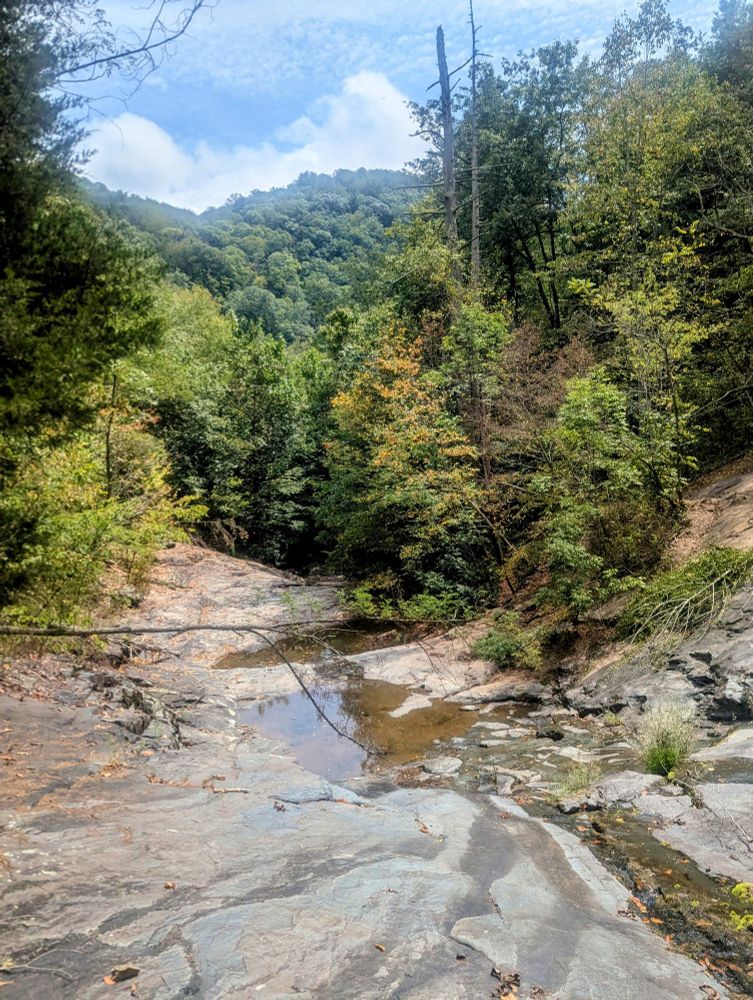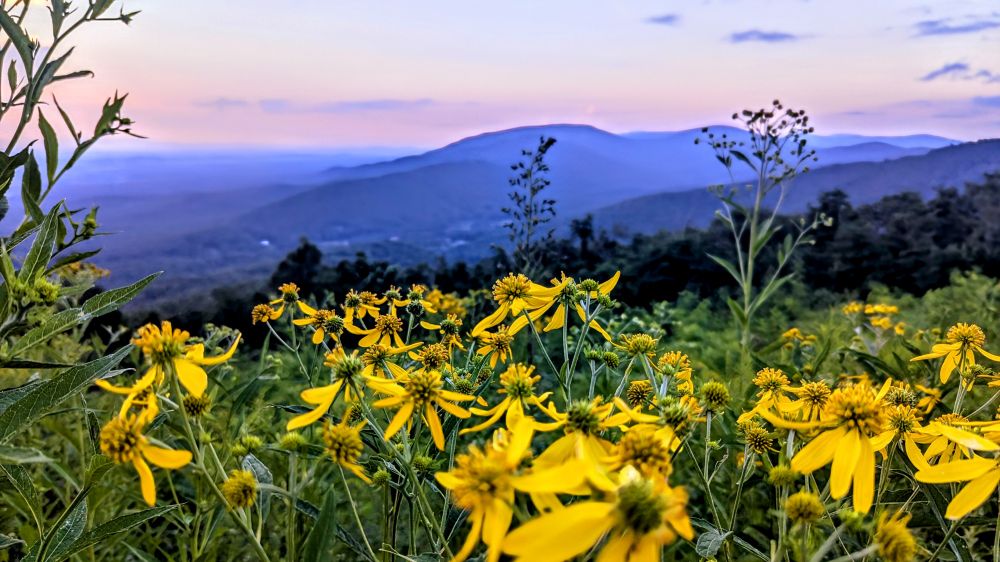Jeff Saucerman
@jsauce7.bsky.social
3.5K followers
1.6K following
280 posts
Professor of Biomedical Engineering and Cardiovascular Medicine at UVA. Systems biology to discover drugs for heart disease. Hiking with my dog in Shenandoah NP, around Charlottesville. https://engineering.virginia.edu/faculty/jeffrey-saucerman
Posts
Media
Videos
Starter Packs
Pinned
Jeff Saucerman
@jsauce7.bsky.social
· Sep 5
Jeff Saucerman
@jsauce7.bsky.social
· Aug 26
Jeff Saucerman
@jsauce7.bsky.social
· Aug 26
Jeff Saucerman
@jsauce7.bsky.social
· Jul 30
Jeff Saucerman
@jsauce7.bsky.social
· Jul 29

Benchmarking of signaling networks generated by large language models
Computational models of signaling networks provide frameworks for predicting how molecular cues guide cell decisions. But they are typically limited by manual curation from incomplete literature. Here...
www.biorxiv.org





























